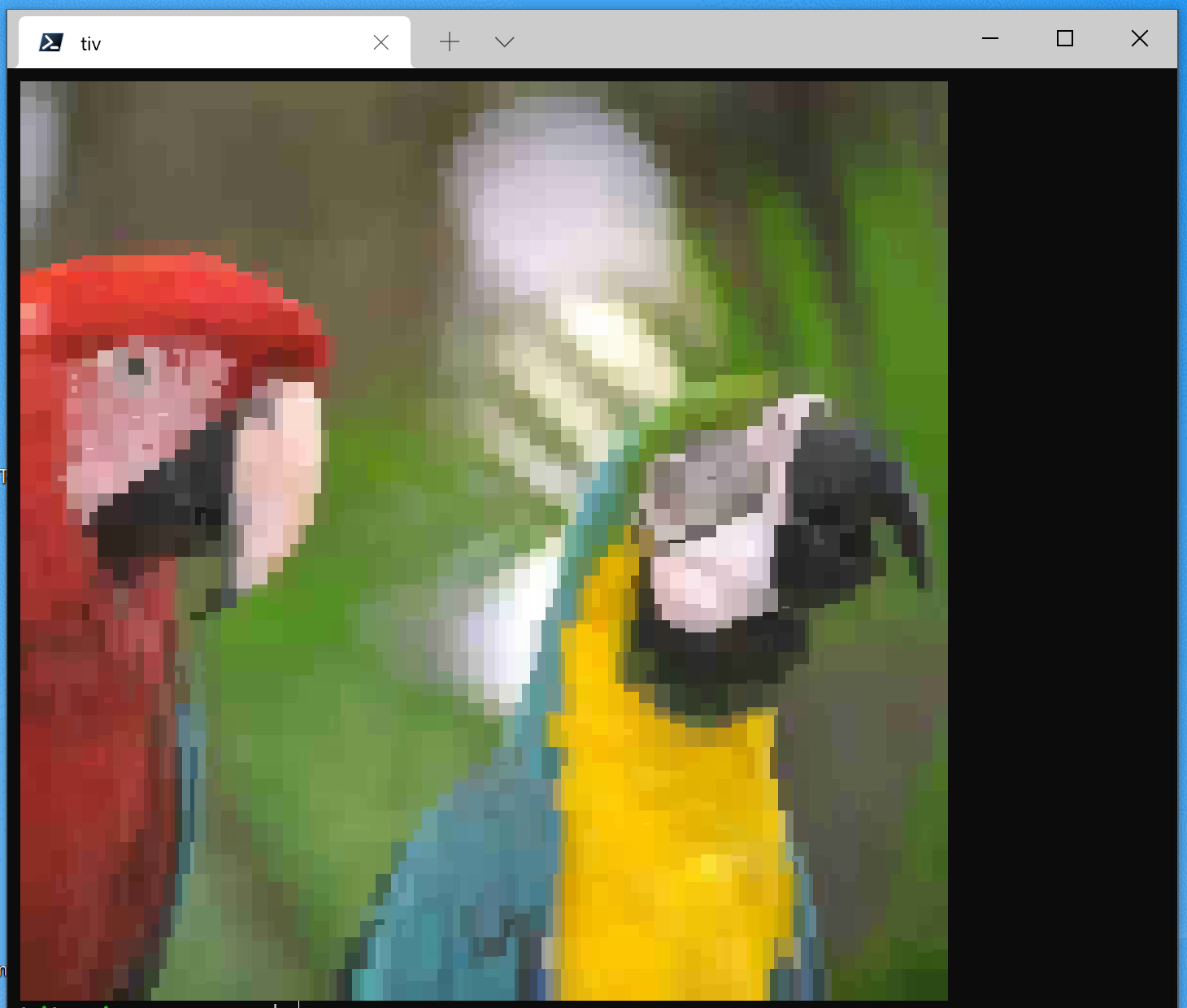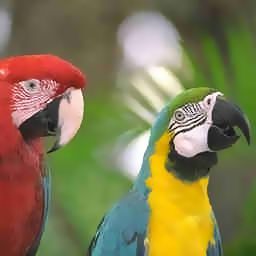Displaying Images in the Terminal
Introducing the tiv command for displaying images in the terminal.

It's convenient when you don't want to open a file explorer.
git clone https://github.com/stefanhaustein/TerminalImageViewer.git
cd TerminalImageViewer/src/main/cpp
make -j
sudo make install




